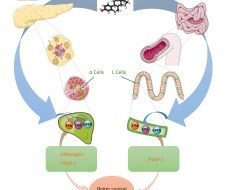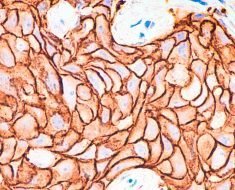The first randomized trial of its kind was unable to establish non-inferiority of oral anticoagulation (OAC) alone to combined OAC and a single antiplatelet agent (APT) in patients with atrial fibrillation (AF) and stable coronary artery disease beyond one year after stent implantation.
Findings of the OAC-ALONE study were reported today at the 30th annual Transcatheter Cardiovascular Therapeutics (TCT) scientific symposium. Sponsored by the Cardiovascular Research Foundation (CRF), TCT is the world’s premier educational meeting specializing in interventional cardiovascular medicine. The study was also published simultaneously in Circulation.
“In patients with concomitant atrial fibrillation and stable coronary artery disease beyond one year after coronary stent implantation, the ESC guidelines have consistently recommended oral anticoagulation without antiplatelet therapy,” said Yukiko Nakano, MD, with the Kyoto University Graduate School of Medicine in Kyoto, Japan. “In clinical practice, however, antiplatelet therapy is often used on top of oral anticoagulation beyond one year after coronary stenting. Importantly, no randomized controlled trials have evaluated OAC monotherapy in this patient subset.”
From November 2013 to December 2016, a total of 696 patients were enrolled in the study from 111 participating centers. The trial was designed to enroll 2,000 patients for 12 months. However, enrollment was prematurely terminated after enrolling 696 patients in 38 months.
Patients were randomized 1:1 to OAC alone (n=344) or combined OAC and APT (n=346). The mean age was 75.0±7.6 years, and 85.2% were men. OAC was warfarin in 75.2% and direct oral anticoagulants in 24.8% of patients. The baseline clinical characteristics were similar in both groups.
The primary endpoint was a composite of all-cause death, myocardial infarction (MI), stroke, or systemic embolism, while the major secondary endpoint was a composite of the primary endpoint or major bleeding according to the International Society on Thrombosis and Haemostasis (ISTH) classification.
During a median follow-up interval of 2.5 years, the primary endpoint occurred in 54 patients (15.7%) in the OAC alone group and in 47 patients (13.6%) in the combined OAC and APT group (HR, 1.16; 95% confidence interval [CI], 0.79-1.72; P=0.20 for non-inferiority; P=0.45 for superiority). The major secondary endpoint occurred in 67 patients (19.5%) in the OAC alone group and in 67 patients (19.4%) in the combined OAC and APT group (HR, 0.99; 95% CI, 0.71-1.39; P=0.016 for non-inferiority; P=0.96 for superiority). MI occurred in 8 (2.3%) and 4 (1.2%)patients, while stroke or systemic embolism occurred in 13 (3.8%) and 19 (5.5%) patients, respectively. Major bleeding occurred in 27 (7.8%) and 36 (10.4%) patients, respectively.
Source: Read Full Article





